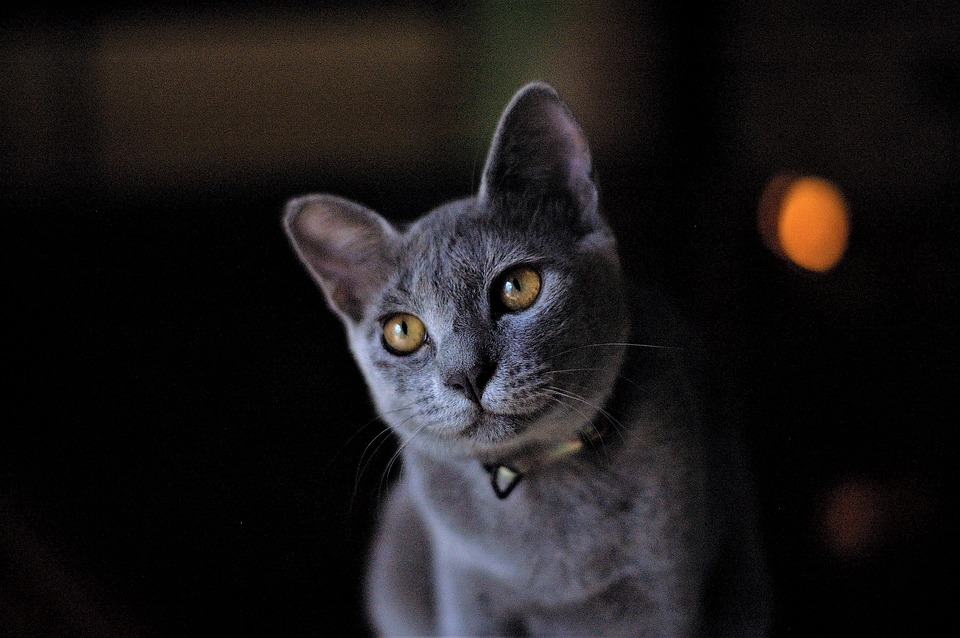Heading: How to Address Excessive Vocalization During Car Rides: A Guide for Cat Owners
Sub-heading: Understanding the Reasons Behind Excessive Vocalization
Cat owners often find themselves struggling to keep their feline companions calm and quiet during car rides. Excessive vocalization can be distressing for both the cat and its owner. In this article, we will explore the various reasons behind this behavior and provide practical tips to address it effectively.
Sub-heading: Causes of Excessive Vocalization in Cats During Car Rides
1. Anxiety and Fear
Cats are known for their sensitivity to change, and car rides can trigger anxiety and fear. The unfamiliar sights, sounds, and motion can lead to excessive vocalization.
Tips to alleviate anxiety and fear:
– Gradual acclimation to car rides through short trips and positive associations.
– Use of calming aids like pheromone sprays or natural remedies (consult with a veterinarian).
2. Motion Sickness
Just like humans, some cats can experience motion sickness during car rides. This can cause distress and lead to vocalization.
Tips to manage motion sickness:
– Avoid feeding your cat right before a car ride.
– Speak to your veterinarian about suitable medications or supplements to alleviate motion sickness symptoms.
3. Negative Past Experiences
Cats with past traumatic experiences associated with car rides may display excessive vocalization as a response to the perceived threat.
Tips to address negative past experiences:
– Create positive associations by offering treats or playing with your cat near the car.
– Gradually reintroduce your cat to car rides in a calm and controlled manner.
Sub-heading: Tips to Address Excessive Vocalization During Car Rides
1. Create a Comfortable and Familiar Environment
Use a secure and well-ventilated cat carrier with familiar bedding or clothing that carries your scent.
Place the carrier in a peaceful area of the car, away from loud noises or direct sunlight.
2. Gradual Desensitization
Start by introducing your cat to short car rides of just a few minutes, gradually increasing the duration over time.
Provide treats, toys, or soothing music to create positive associations with car rides.
3. Calming Techniques
Experiment with techniques that help your cat relax during car rides, such as playing soft classical music or using calming pheromone sprays.
Ensure proper ventilation and temperature control in the car to maintain a comfortable environment.
4. Consult with a Veterinarian
If your cat’s excessive vocalization persists or worsens despite your efforts, consult with a veterinarian who can provide professional guidance and potentially recommend behavior modification techniques or medications.
FAQs (Frequently Asked Questions)
1. Q: How long does it take for a cat to get used to car rides?
A: The time it takes for a cat to become comfortable with car rides varies. Some cats may acclimate within a few weeks, while others may require more time and patience. It’s crucial to proceed gradually and monitor your cat’s response.
2. Q: Can I sedate my cat for car rides?
A: Sedating a cat for car rides should only be done under the guidance of a veterinarian. They can prescribe safe and suitable medications to help alleviate anxiety or motion sickness. Self-medicating your cat can be dangerous and may have adverse effects.
3. Q: Are there any natural remedies for calming cats during car rides?
A: There are natural remedies available, such as herbal supplements or pheromone sprays, which can help calm cats during car rides. However, it’s important to consult with a veterinarian before using any natural remedies to ensure they are safe and appropriate for your cat.
Remember, each cat is unique, and finding the right approach may require experimentation and patience. By understanding the reasons behind excessive vocalization and implementing appropriate strategies, you can help your cat feel more at ease during car rides.








